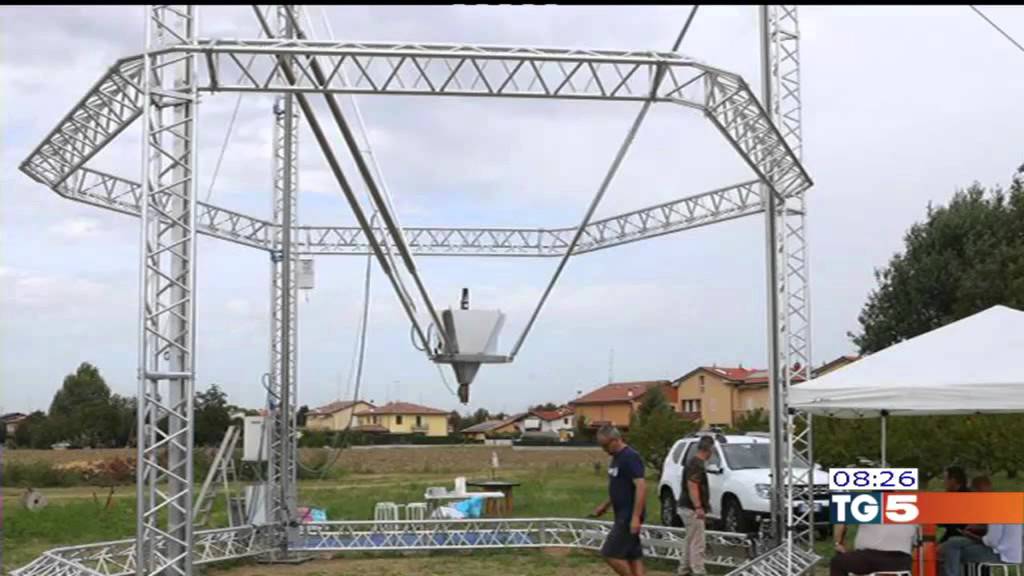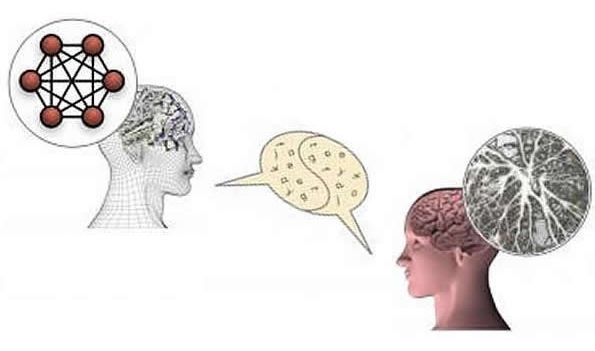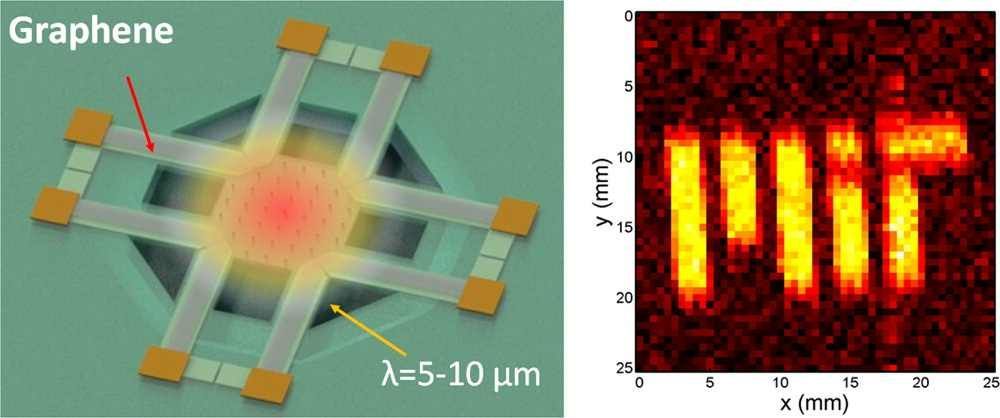Nov 17, 2015
Are there More Stars in the Universe than Grains of Sand on Earth?
Posted by Shailesh Prasad in categories: neuroscience, physics, space
It may hurt your brain to think about it, but it appears that the answer is possibly to be yes, or at least the numbers are almost in the same ballpark.
Astrophysicists in fact set out to answer this question about a decade ago. It’s a complicated problem to solve, but it’s somewhat easier if you throw in a couple of qualifiers — that we are talking about stars in the observable universe; and grains of sand on the whole planet, not just the seashores.
The researchers started by calculating the luminosity density of a section of the cosmos — this is a calculation of how much light is in that space. They then utilized this calculation to guess the number of stars needed to make that amount of light. This was quite a mathematical challenge!
Continue reading “Are there More Stars in the Universe than Grains of Sand on Earth?” »















